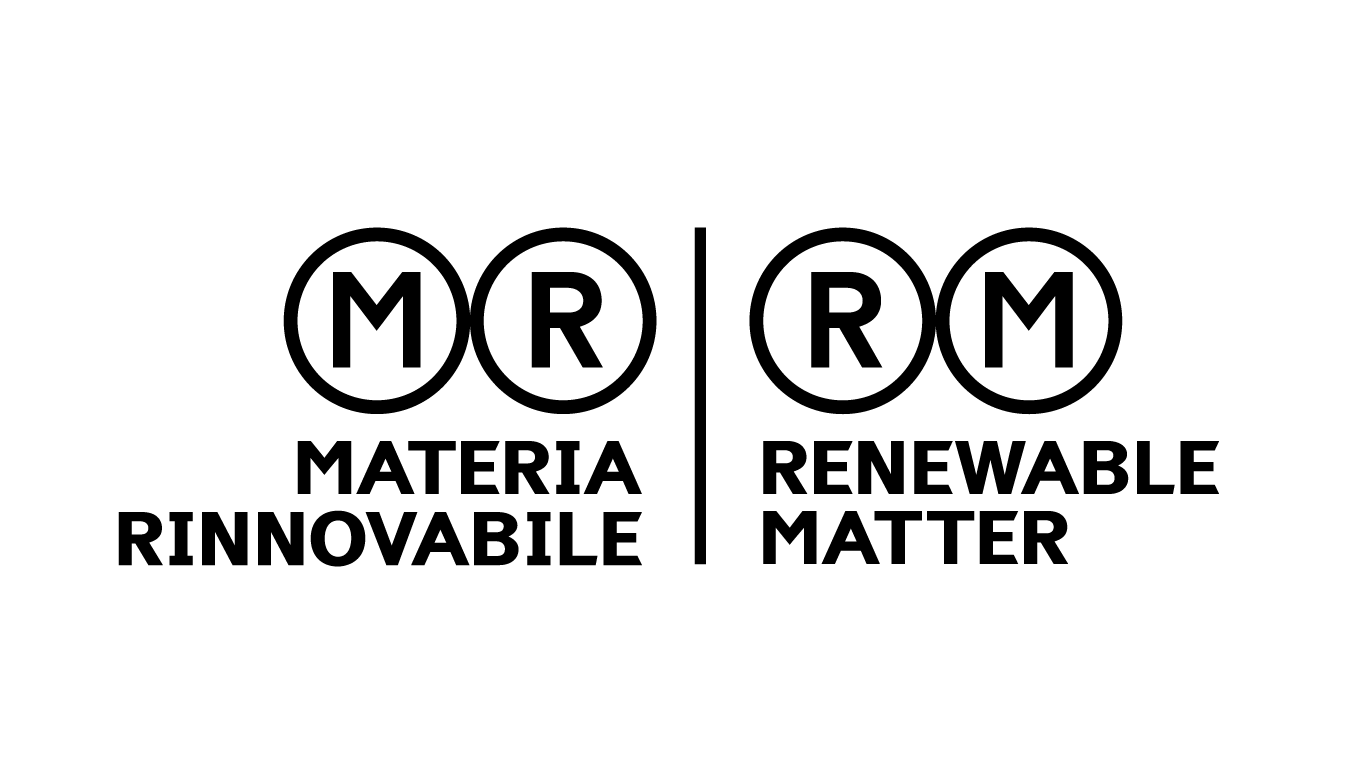
Questo articolo è disponibile anche in inglese / This article is also available in English
Ralph Regenvanu was present in the courtroom of the International Court of Justice in The Hague on the afternoon of Wednesday, 23rd of July, when the news he had been awaiting for six years finally arrived. With the face of an actor and a background in anthropology, Regenvanu is an artist (his works have even been exhibited at the British Museum) and a politician out of necessity. He is a central figure in Vanuatu’s climate diplomacy. The small island nation in the South Pacific, comprising 83 tropical islands located between Australia and Fiji, is among the most vulnerable territories to the effects of climate change: rising sea levels, freshwater salinisation, and extreme weather events. He has devoted the past few years to a legal battle without precedent. And now, he has won.
Thanks to the case brought by this small nation, which is quite literally disappearing beneath the water, the International Court of Justice has delivered an advisory opinion already being described by experts as “historic”: it states that climate change constitutes an “existential threat” to humanity and that states have specific legal obligations to combat it. For the first time, the world’s highest court has made clear that activities related to fossil fuels can amount to violations of international law. “I think it will be a game-changer for the whole climate discourse we're going through,” said a visibly emotional Regenvanu.
The weight of the decision is magnified by a striking detail: all 15 judges of the Court reached every single conclusion unanimously. This is not merely the opinion of a majority, but the unanimous view of the world’s supreme judicial body. A consensus that mirrors the one behind the request itself: the General Assembly resolution was co-sponsored by no fewer than 132 member states and adopted without a single vote against.
The Court’s words: a global legal turning point
The words pronounced by the Court’s President, Judge Iwasawa Yuji, during the reading of the ruling, struck with the weight of words carved in stone: “The negative effects of climate change could significantly impair the enjoyment of certain human rights, including the right to life. Failure by a State to take appropriate measures to protect the climate system from greenhouse gas emissions – including the production, consumption, exploration or subsidization of fossil fuels – may constitute an internationally wrongful act”.
They sound like the tablets of the new global climate law, for this is the first time an international tribunal has explicitly linked the extraction and use of fossil fuels to violations of international law. But the Court goes even further: when damage has already occurred, turning a blind eye is no longer an option. Where restitution is no longer possible, the responsible state is under an obligation to provide compensation.
The polluter pays: it is no longer a slogan, it is a hypothesis that is taking shape and seems realistic. It will have to be achieved on a case-by-case basis, of course, but it already shows substantial, unquestionable strength. Obligations and responsibilities: the Court has spoken, and it will be very difficult to sidestep it, not least because the ruling paves the way to dozens and dozens of new climate lawsuits, the climate litigations that have forced fossil fuel giants to invest more and more in legal fees.
Towards a new global climate Constitution
Listening to the ruling, one has the distinct sense of standing before a new global climate constitution, and, as with all founding charters, its power will lie in the hands of those willing and able to uphold it. There is the part that speaks to rights, and the one that speaks to responsibilities. For the former, the key phrase is that the right to a clean, healthy, and sustainable environment is an essential human right, an integral part of the rights to life, health, and dignity.
On the subject of responsibility, the ruling takes a decisive step in clearly outlining the duties that states have under international law. Climate inaction could now constitute a legal infringement, and states have a duty to prevent significant environmental damage.
At the heart of the opinion lies a fundamental principle: every state must adopt timely and effective measures to curb greenhouse gas emissions arising from human activities. This is no longer merely a political goal or moral imperative — it is now a legal obligation, grounded in customary law, international treaties such as the Paris Agreement, and well-established principles including prevention, precaution, equity, and sustainable development.
The Court’s clarification regarding the 1.5°C target is crucial: it is no longer framed as “one of the goals” of the Paris Agreement but recognised as the primary objective. The adoption of mitigation policies can no longer be left to the discretion of governments. They must adhere to a standard of “due diligence”, one which the Court describes as stringent and commensurate with the historical capabilities and responsibilities of each country.
In short, it is not enough to proclaim ambitious long-term goals. States must show, through concrete actions, that they are doing everything within their power, in line with the best available scientific knowledge, to limit the rise in global temperature to 1.5°C.
The principle of “common but differentiated responsibilities and respective capabilities”, already enshrined in the UN Framework Convention on Climate Change and the Paris Agreement, now takes on new legal weight. Wealthier, more industrialised nations, which have historically emitted the most, have the greatest responsibility to reduce their emissions and assist the most vulnerable, offering financial support, technology transfer, and local capacity building.
One of the most significant elements is the affirmation that a state may be held legally responsible not only for its actions, but also for its omissions, if these have caused serious harm to the climate and the environment. These climate obligations are “erga omnes”, meaning that any country can hold other states accountable for climate violations, even if it has not been directly harmed. In such cases, responsibility does not end with halting the unlawful conduct: states that have been found guilty must also repair the damage caused, in accordance with international rules on state responsibility.
Password: cooperation
But the Court takes care not to use language that might paint a picture of everyone against everyone else. On the contrary, it emphasises cooperation. It may sound like an imaginary word, given that today’s headlines are filled with wars, tariffs, reprisals, and punishment. Yet the UN’s highest judicial body firmly recalls the duty of cooperation between states. “Cooperation must be continuous, meaningful, and in good faith. Such cooperation may either be direct, or through participation in the relevant international cooperative processes”, it states. Cooperation, the Court underlines, is not a political choice, but a legal obligation that must guide all multilateral action on climate. In essence, the ruling from The Hague raises the bar: states are no longer free to decide whether or not to act on climate change. They have a duty to do so. And from now on, that duty carries the force of law.
And what of Trump? What about the disengagement of many states? And what about the environmentally harmful choices to finance fossil fuels? These will all be fronts in legal battles that will be able to go into detail about individual wrongdoings and their sanctions. A whole new chapter is about to begin.
The battle of a small archipelago against the carbon giants
To understand the scale of this moment, one must go back to 2019, when a group of students at the University of the South Pacific proposed bringing the climate issue before the International Court of Justice. Without the leadership of Vanuatu and the determination of Ralph Regenvanu, that proposal would have gone nowhere.
With just 320,000 inhabitants spread across 83 islands, Vanuatu accounts for a mere 0.004% of the world’s population. Yet it found the courage and diplomatic strength to challenge the giants responsible for the climate crisis. “The agreements being made at an international level between states are not moving fast enough”, Regenvanu told the Associated Press, giving voice to the fears of those who watch their homeland disappearing before their eyes. A change of pace was needed, and it came through the courts, just hours from a landmark decision by Italy’s Court of Cassation, which accepted for trial the case brought by Greenpeace, ReCommon, and twelve citizens against ENI, Cassa Depositi e Prestiti, and the Ministry of Economy and Finance.
The United Nations also welcomed the Hague opinion, through the words of Elisa Morgera, the Special Rapporteur on climate change and human rights: “Today, we’ve entered a new era of climate accountability. The world’s highest court has made it clear: climate-harming activities violate international law and people’s rights. Governments must cut emissions to protect people’s lives, and they must provide redress for the damage they’ve already caused”.
Future implications
The Court's opinion is not formally binding, but it carries moral and legal authority that could redefine the landscape of global climate disputes. It provides a solid basis for strengthening environmental policies, mobilising new resources and fuelling legal claims by affected communities.
For multinationals linked to fossil fuels, the message is clear: it is no longer just a matter of public pressure or scientific recommendations. There is now an international legal framework that precisely outlines responsibilities and possible legal consequences. The 23rd of July 2025 will go down in history as the day when climate justice ceased to be a hope and began speaking the language of law.
Cover: © International Court Of Justice


